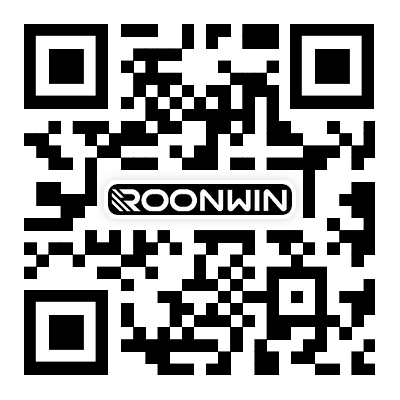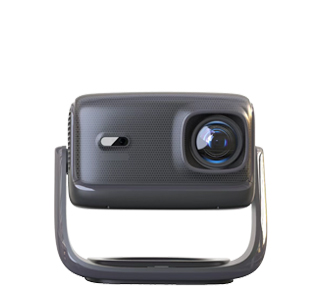
Autofocus Projectors: Technology, Products, and a Buying Guide
Autofocus projectors are a core category of intelligent projection systems.
They use sensors and algorithms to automatically adjust image clarity,
eliminating the need for manual operation and significantly reducing the barrier
to entry. They are widely applicable in home, office, and outdoor settings. The
following provides a comprehensive analysis of their technical principles,
mainstream products, purchasing considerations, and usage scenarios:
I. Technical Principles and Implementation Methods
The core of autofocus is "distance sensing + parameter adaptation." Various
technical solutions are used to achieve fast and accurate focusing. Currently,
the mainstream solutions fall into three categories:
1. Mainstream Technical Solutions
TOF (Time of Flight) Sensor Solutions
The principle is to emit a light signal (such as infrared light) and
measure the round-trip time between the projector and the projection surface.
This calculation automatically adjusts the lens focus based on the actual
distance.
Advantages include fast speed and high accuracy. Most models can achieve
focus within 1-3 seconds, unaffected by ambient light (stable both day and
night). Typical examples include the Dangbei D7X and the XGIMI Z6X Pro Flagship
Edition. Some high-end models even support "real-time focus while moving" (such
as the Dangbei F6).
CMOS Camera + Image Algorithm Solution
The camera's built-in CMOS camera captures image details (such as text
edges and image outlines). An AI algorithm analyzes image clarity differences
and adjusts lens parameters accordingly to achieve focus.
Advantages include adaptability to multiple scenarios, optimizing focus
strategies for different surfaces such as white walls, curtains, and glass to
avoid misjudgments. For example, the O-VISION Image Quality Engine 3.0 on the
Skyworth Xiaopai P2 can dynamically adjust local clarity based on image
content.
Structured Light Technology Solution
A specific pattern (such as a grid or dot matrix) is projected onto the
projection surface. The camera analyzes the pattern's deformation to determine
distance and angle, and adjusts focus parameters accordingly.
Its advantage is its multi-angle focus support, making it ideal for models
with rotatable stands (such as the Philips NeoPix 145). Even when the projector
is tilted, it can calculate the optimal focal length by using pattern
deformation to avoid blurry images.
2. Technology Iteration Direction
Non-Sensitive Focus: The adjustment process is smooth, with no flickering
or sharpness fluctuations, making the focus process virtually imperceptible to
the user. A typical example is the Dangbei D6X, which delivers sharp images the
moment it is turned on, eliminating the need for waiting.
Multi-Scene Adaptive Focus: Automatically identifies scenes such as "white
wall/curtain/anti-glare screen" and "daytime/nighttime," adapting focus
parameters to suit different scenarios (e.g., enhancing edge sharpness in a
curtain scene and optimizing the color and clarity balance in a white wall
scene).
II. Key Considerations
1. Prioritize "Core Focus Indicators"
Focus Speed: For home use, it's recommended to choose a model that focuses
in 1-3 seconds to avoid long waits after moving the projector. For office use
(where frequent changes in projection position are required), prioritize models
with "real-time focus."
Focus Accuracy: Focus on edge clarity. Some low-end models only guarantee
sharpness in the center of the image, with blurred edges. When purchasing, check
actual test results (for example, to see if the edges of text are sharp when
playing a text document). Time-of-flight (TOF) solutions generally offer better
accuracy than simple image algorithms.
Environmental Adaptability: If you frequently use the camera during the
day, choose a model that supports "ambient light adaptive focus," which adjusts
focus parameters based on light intensity to avoid blurry images in bright
sunlight.
2. Beware of "Parameter Traps"
Distinguish between "autofocus" and "powered focus": Some low-end models
are labeled "autofocus," but they actually have "powered focus" (requires manual
triggering, not automatic sensing). When purchasing, confirm whether they
support "automatic distance sensing" (e.g., Time of Flight or CMOS camera
configurations).
Avoid being misled by "false speed" claims: Some manufacturers claim
"0.5-second focus," but this is actually "single focus time" and requires
re-triggering after moving the projector, not "real-time focus." Check the
specific function description (e.g., "moving real-time focus" or "dynamic focus"
are true real-time).
3. Choose features based on your specific scenario
For home viewing: Prioritize models with "focus and keystone correction"
(such as the XGIMI Z6X Pro). Also consider brightness (recommended ≥800
CVIA/ANSI, ≥1000 CVIA for daytime use) and sound quality (such as Harman Kardon
or Dynaudio).
For office use: Choose a model with "stable focus and a variety of
interfaces" (such as the Dangbei D7X, which supports HDMI 2.1 and USB 3.0) for
easy connection to computers and USB flash drives, and focus that is not
affected by ambient lighting (such as fluorescent lighting).
For portable use (camping, business trips): Choose a model with
"lightweight, long battery life, and fast focus," weighing under 2kg to minimize
carrying burden.
4. Pay attention to the brand's technological maturity.
Autofocus relies on algorithm iteration. Mainstream brands (Dangbei, XGIMI,
and JMGO) have more mature technology, and can optimize focus performance (such
as increasing speed and adapting to new scenes) through subsequent firmware
updates. Niche brands, while lower priced, have less stable algorithms (such as
frequent loss of focus and misjudgments) and lack firmware update support,
resulting in a poor long-term user experience.
IV. Typical Usage Scenarios and Precautions
1. Core Usage Scenarios
Home Entertainment: Living room movie viewing (paired with a screen for
improved focus accuracy), bedroom bedtime drama viewing (small-size projection,
autofocus quickly adapts to various locations, such as the bedside or wall),
early childhood education (no need to manually adjust the focus when moving the
projector, preventing children from accidentally touching it);
Office Meetings: Small meeting rooms (up to 10 people) for presenting PPTs
and documents. Autofocus saves adjustment time when moving the projector to
different walls; outdoor roadshows (paired with a portable screen, focus is not
affected by low light conditions);
Outdoor Camping: Paired with a portable power bank, autofocus quickly
adapts to the inner walls of tents and temporary screens, eliminating manual
adjustment and enhancing the camping experience.
2. Usage Precautions
Projection Surface Cleaning: Dust or stains on the projection surface (such
as a white wall or screen) may cause the focus algorithm to misjudge the image
(e.g., misinterpreting the stain as image detail). Regular cleaning is
recommended.
Avoid direct sunlight from the lens: Strong light (such as sunlight or a
strong desk lamp) directly hitting the lens may interfere with the signal from
the TOF sensor or CMOS camera, causing focus loss. Avoid strong light when using
the projector.
Regular Calibration (Optional): If focus deviation occurs after long-term
use (e.g., blurred edges of the image), find the "Focus Calibration" function in
the settings (supported by most models) and follow the prompts to complete the
calibration to restore accuracy.
Read recommendations:
HN30B Portable - HN Series Projector
Portable Projectors with Stable Bluetooth Adaptation
Projectors with Immersive Audio Playback
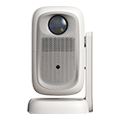
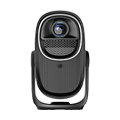
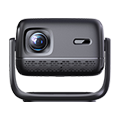
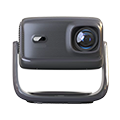
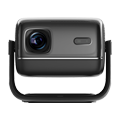
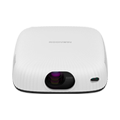
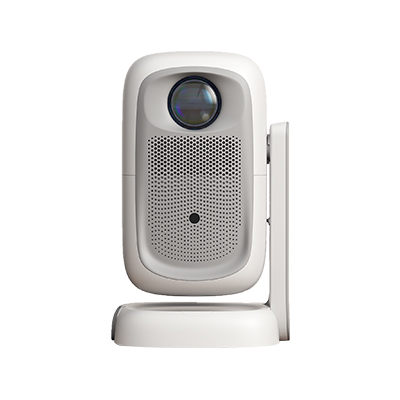
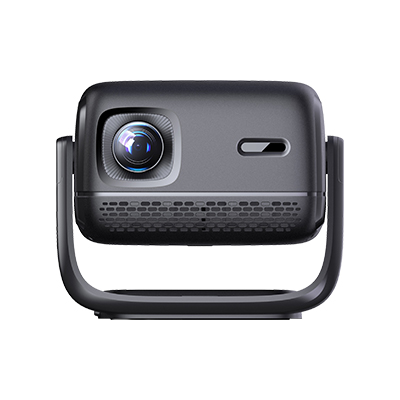
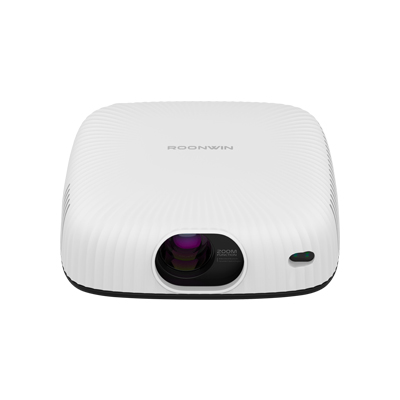









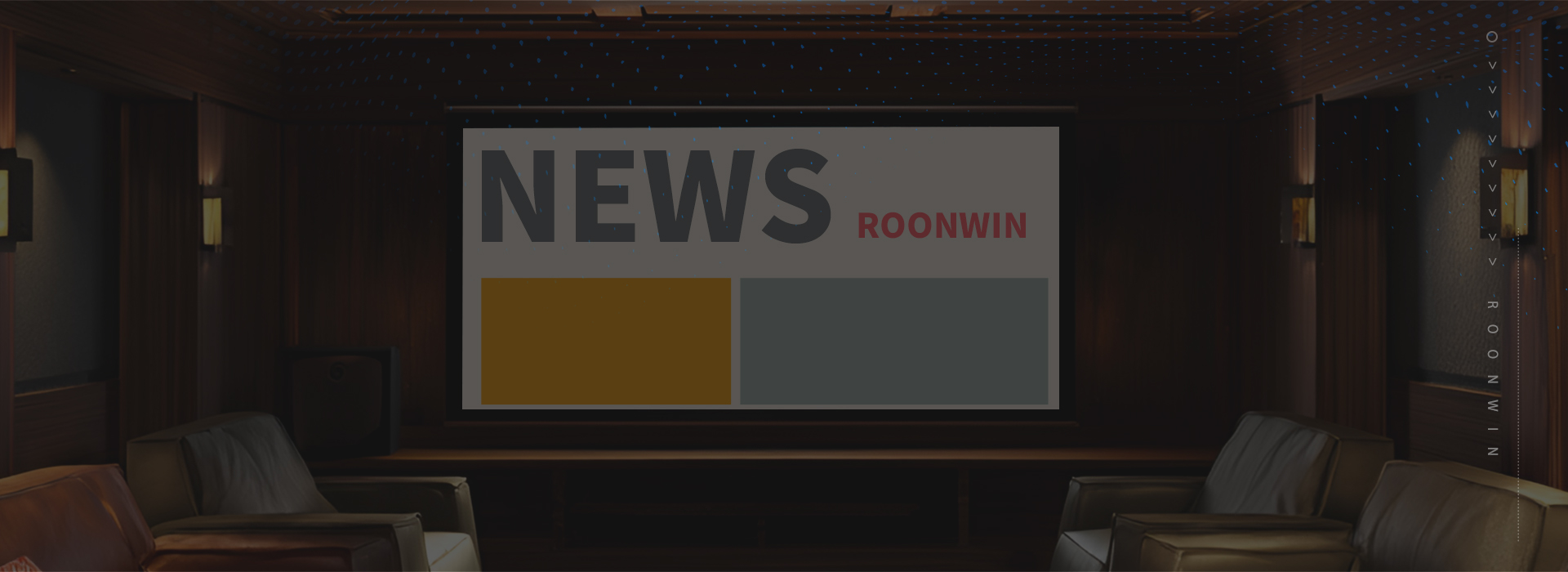
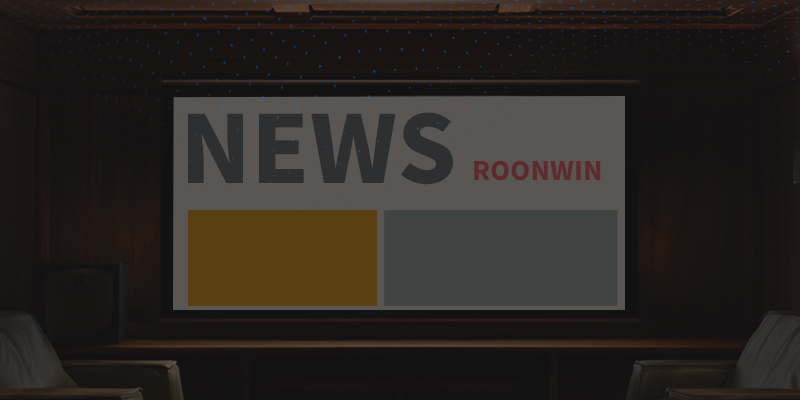
 Reviewed:
Reviewed:










